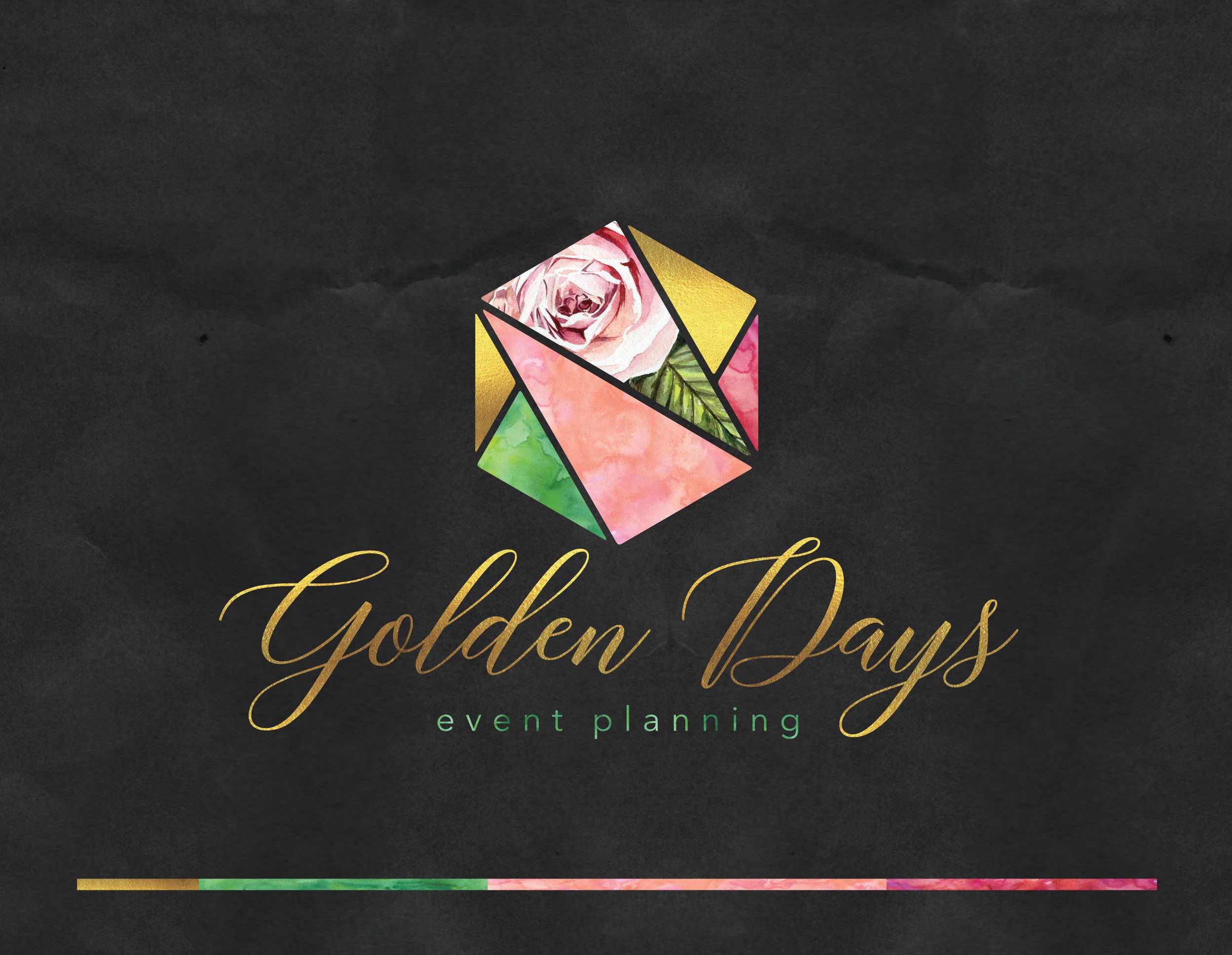10+ Event Management Logo Examples to Download
Take a good look at everything around your room. From the laptop on your desk to the pair of shorts in your closet, do you consider the brand of these items before you made your purchase? If so, how did you know it came from a certain brand? Because of its logo, right?
Logos make it easier for us to recognize a certain brand. We could associate the brand with its logo design, even without the presence of the company name on display. Regardless of the size of your company, what matters is your ability to connect with your audience through visual imagery. For example, an event management company could bear a festive logo that illustrates what the business is all about. Through this, you provide a glimpse for your audience to understand how your business operates and what you specialize in.
Event Company Logo

Party Design Logo

Elegant Event Logo
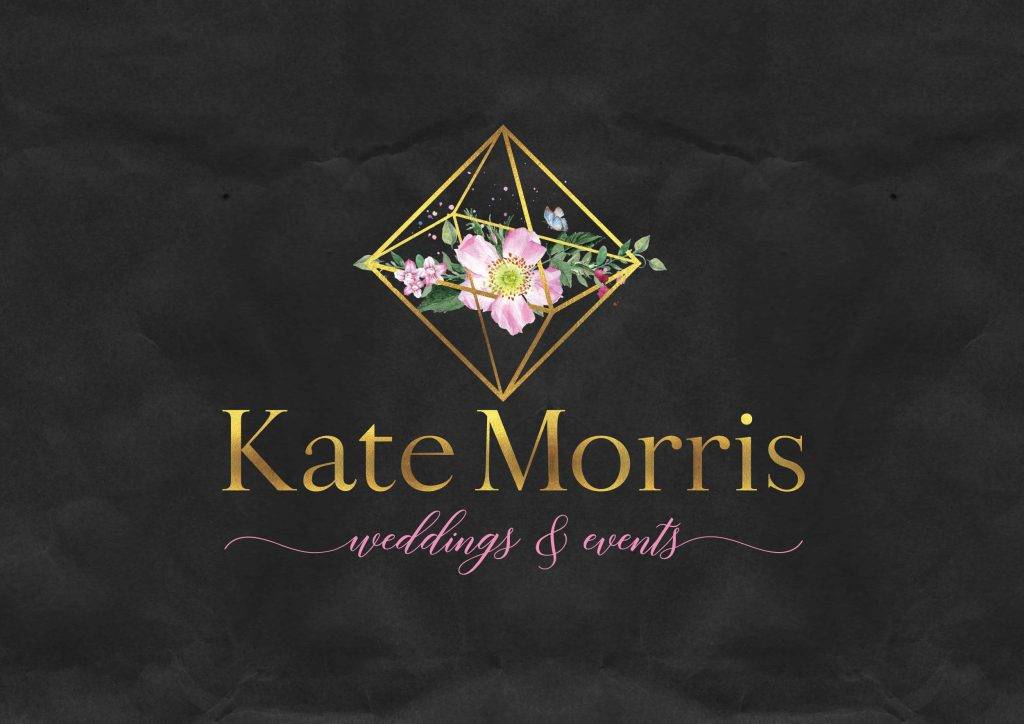
Luxury Event Logo
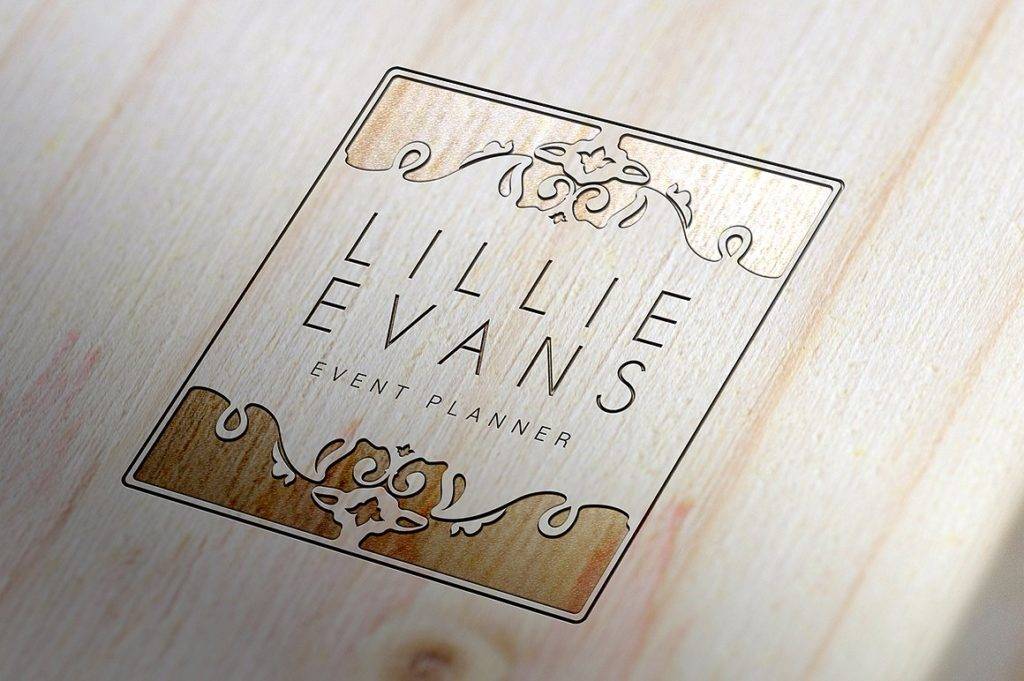
Understanding Logo Design and Branding
Most people would think that a logo design and branding are basically the same thing. But the truth is, a logo is simply a component of branding, so the two terms could not be used interchangeably. For us to truly understand the difference between the two, let’s take a further look at their respective definitions.
Logo Design
Companies, organizations, and educational institutions each bear a distinctively crafted logo design. But behind the colors, shapes, patterns, and typefaces, a logo is nothing more than a visual icon or product mark that identifies a given brand. A symbol that helps customers single out a certain brand from a sea of competitors. In fact, a logo can be considered as a trademark for the products or services that a company has to offer. For instance, Apple, as one of the biggest brands of today’s market, has a unique logo design that’s easily recognizable even from a distance. The logo accurately represents the essence of the company, with its sleek design and elegant features.
To help you picture out the whole idea of a logo, think of it as a person’s name. We’d rather have people call us by our actual names than have them identify us with a relatively confusing and forgettable description of our physical attributes. You see, there’s nothing complicated about a logo, as it’s simply there to give us a visual representation of a brand.
Branding
Does branding really matter for a company to prosper in the market?
If there’s one thing you need to be aware of, it’s that everything that the average consumer knows about a company is caused by strong branding. This is considered to be the corporate image that a business builds through various marketing strategies. From print materials to digital ads, product placements to celebrity endorsements, everything that a company does, owns, and produces reflects the values that it holds, as well as the goals it aims to achieve. This is what builds the connection between a company and its respective audience.
So you must be wondering, what role does a logo play in all of this?
Similar to advertising brochures, marketing flyers, and product packaging, the logo makes up the identity of the given brand and supports it as a whole. Everything that we know about a brand is wrapped up into one unique mark that represents the overall essence of the company in subject. Remember, you could have the most jaw-dropping company logo ever created but without good brand strategy at hand, it would be difficult for your business to progress as expected.
Shabby Chic Event Logo
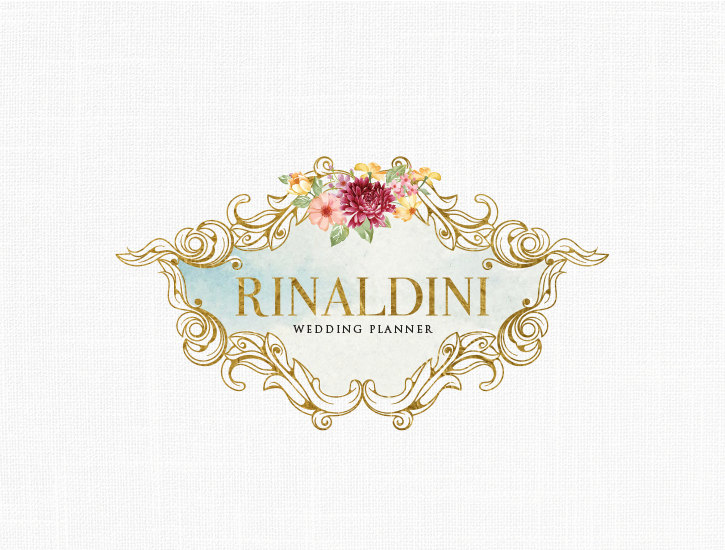
Event Planner Logo
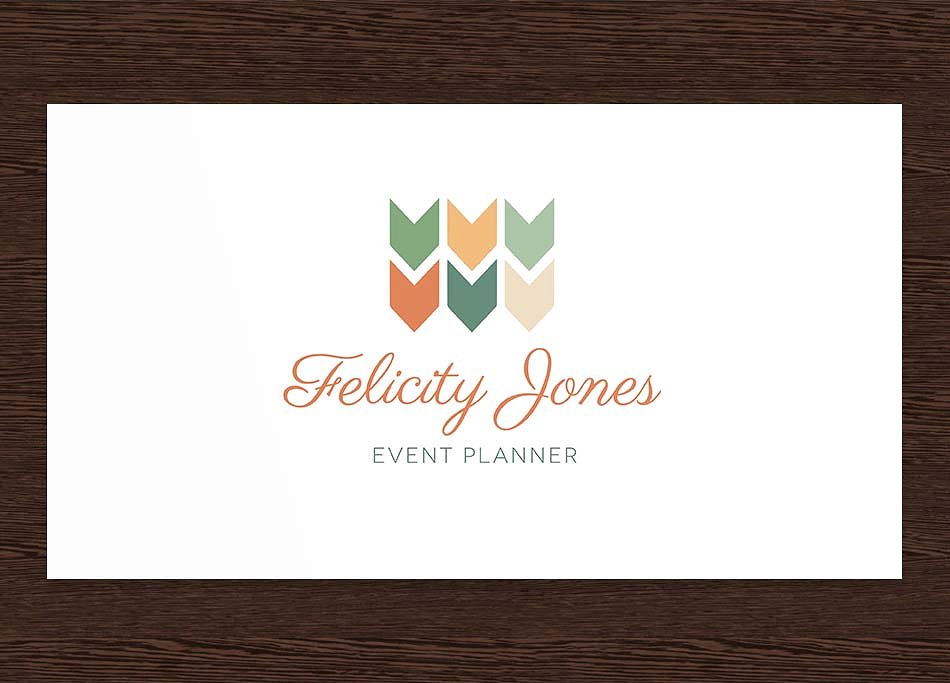
Floral Event Organizer Logo
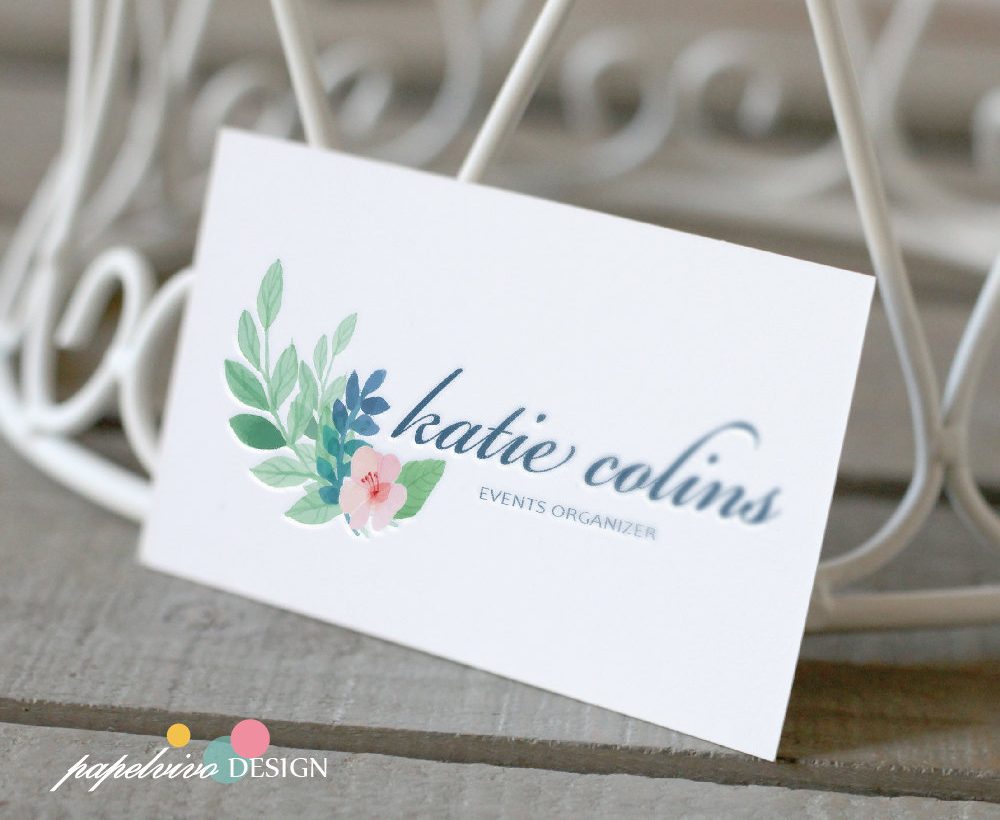
Hexagon Event Planning Logo
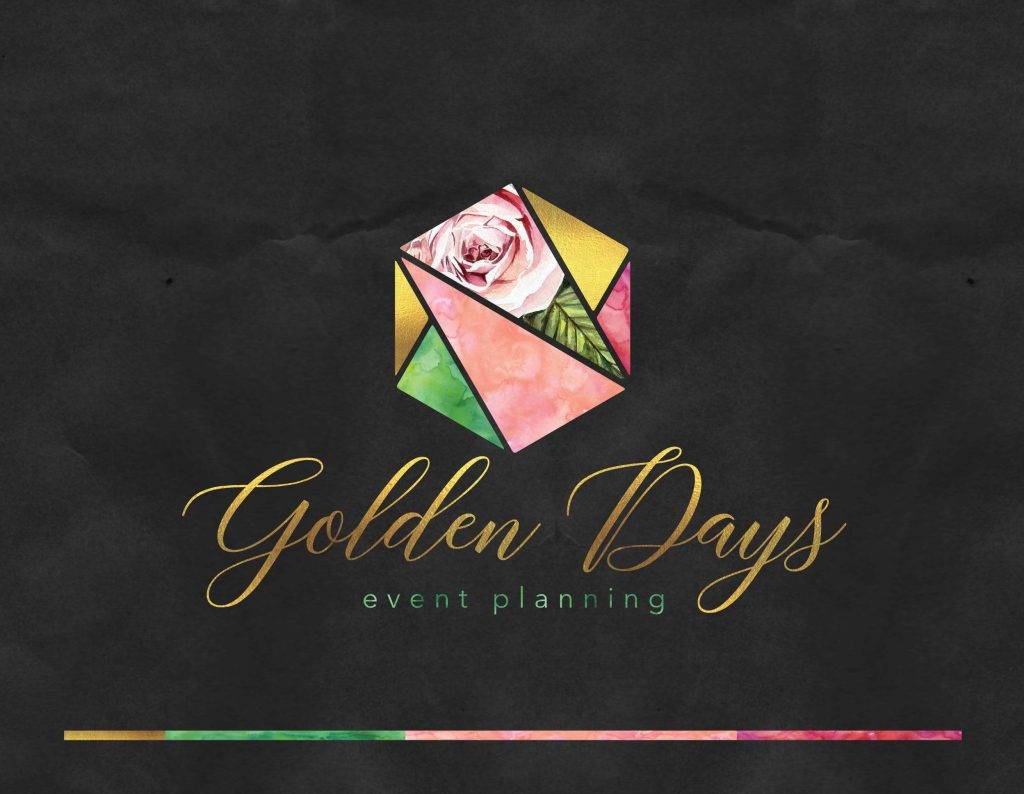
The Role of Logos in Business
Why is it essential for every business to work on attaining a good design for their logos? Well, for one thing, logos can be beneficial to a business in more ways than one.
First Impressions
In the real world, people would say that first impression aren’t made to last, but the corporate world would like to oppose to this type of mindset. You see, a lot of people form judgments based on appearance. It’s unlikely for consumers to make spontaneous decisions about their purchases, as everyone would want to make sure they get their money’s worth.
A logo, which is typically showcased on products and storefronts, is one of the first things consumers set their eyes on. If the brand logo looks professional enough for one to expect good quality products and services, then it wouldn’t be hard to make a decision. Otherwise, if a logo appears to be poorly designed, then the customer would steer clear from ever considering the brand in the near future.
Brand Recognition
How do you describe McDonald’s to a friend who claims to be completely unfamiliar with the brand? You could talk about how good their burgers are and how their Happy Meals never fail to put a smile on your face. But then again, there are numerous fast food chains and restaurants that serve burgers and give out toys with their meals, so none of your descriptions would be of any help. However, considering that they have multiple branches across every state, surely describing the logo could ring a bell.
It’s a known fact that visual symbols tend to be a lot easier to remember. We could forget the name of the company or organization, but successfully point out significant attributes of its logo design. Not only should a logo stand out, but it must also be memorable enough for one to immediately recognize.
Stability and Reliability
We all know that trust is an important factor that strengthens a relationship, so the same belief applies for a company–customer relationship as well. Since a logo reflects a business as a whole, then what a customer sees in a logo could either make or break this potential relationship. As a designer, you’d want to develop a logo that portrays consistency and professionalism, one that provides assurance for a customer to confidently rely on. The goal is to create a positive image that screams “stable and reliable” for a business to garner a loyal following.
Advertising
The advancement of technology has allowed businesses to widen their means of advertising. This includes a wide variety of marketing platforms that would showcase the company’s logo. Knowing this, designers and business owners strive to create a versatile logo that could suit any possible medium it is in. This helps a company highlight its brand for its target audience to become accustomed to. But because the competition can be quite stiff in the industry, it’s important for the company’s design team to create a logo that could easily be distinguished from other competing brands.
Andalusian Tile Logo
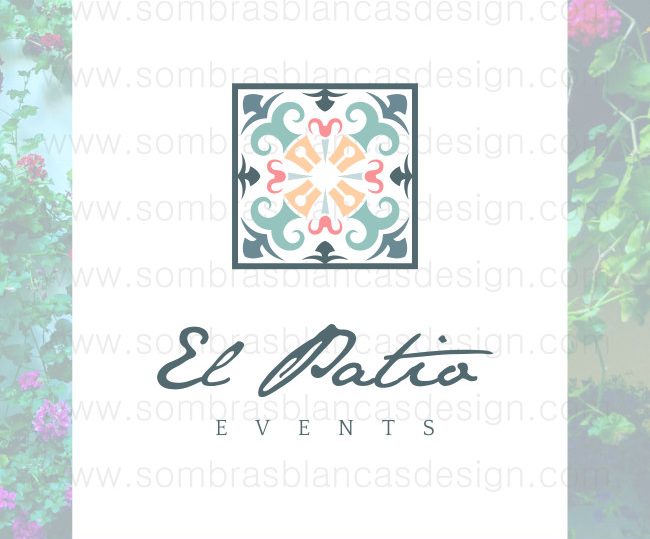
Bird Event Logo

Event & Party Logo

Guidelines in Making the Best Logo Design
Designing a logo that could proudly represent your company while still being pleasing enough to appeal to your audience isn’t exactly the easiest task to accomplish. To help you out, here are a few guidelines to bear in mind:
- Do your research. Before you begin drafting the look of your logo, it’s important to be well aware of what it’s meant to symbolize first. There’s more to a logo design than just symmetry and beauty, as a good logo design should deliver a clear message the company wishes to convey. This may also affect the decisions you make during the design process, like how colors could portray a certain meaning and how a typeface could depict the nature of your business.
- Be familiar with the essential elements of an effective logo design. Simple, unique, memorable, timeless, and versatile—all these qualities make up an impactful logo design, and it’s important for your logo to possess them as well. These attributes can greatly affect the performance of your logo in the market. So if it fails to meet the expectations set by the average consumer, then it could mean another round of sleepless nights in front of the old drawing board for you.
- Take note of success stories and failed attempts. Some companies develop a habit of altering their logo design several times in a span of a few years. While there’s no harm with wanting to rebrand your company, it still poses as a problem when you go against the idea of being timeless and consistent. So before you decide on a logo, it would be best to do your homework first. Avoid making the same mistakes that other designers have committed and get acquainted with the dos and don’ts in creating an effective logo design.
- Formulate a creative process. Attempting to design a logo directly on a software might as well be the worst decision you could ever make as a designer. It’s always good to have a proper workflow to begin with, which involves brainstorming, conceptualizing, and drafting the logo before you move on to the technical aspect of the process.
- Think out of the ordinary. The whole point of taking inspiration from another designer’s work is to turn something from good to better. This process of innovating existing creations paves the way for a series of unique logo designs to come to be. But if you want to create something entirely different from what people would expect, then experiment different techniques would definitely be a plus.
If you’re thinking about venturing into the world of business, whether you specialize on event management or photography, creating an eye-catching logo design would be necessary. Although the logo isn’t your ticket for success, it still plays a key role in successful branding. After all, it would be impossible for a house to withstand the harshest climates without a strong foundation to support it.


